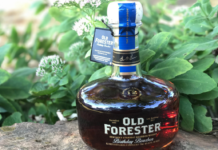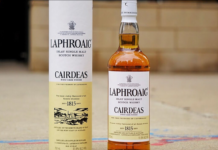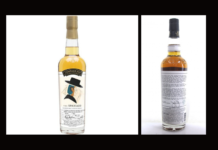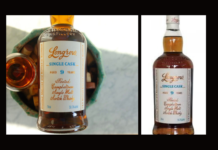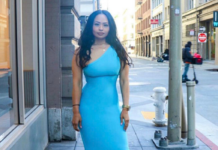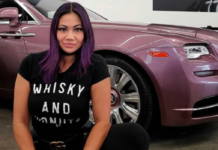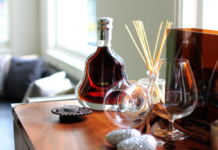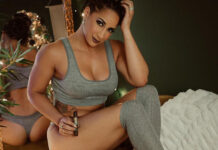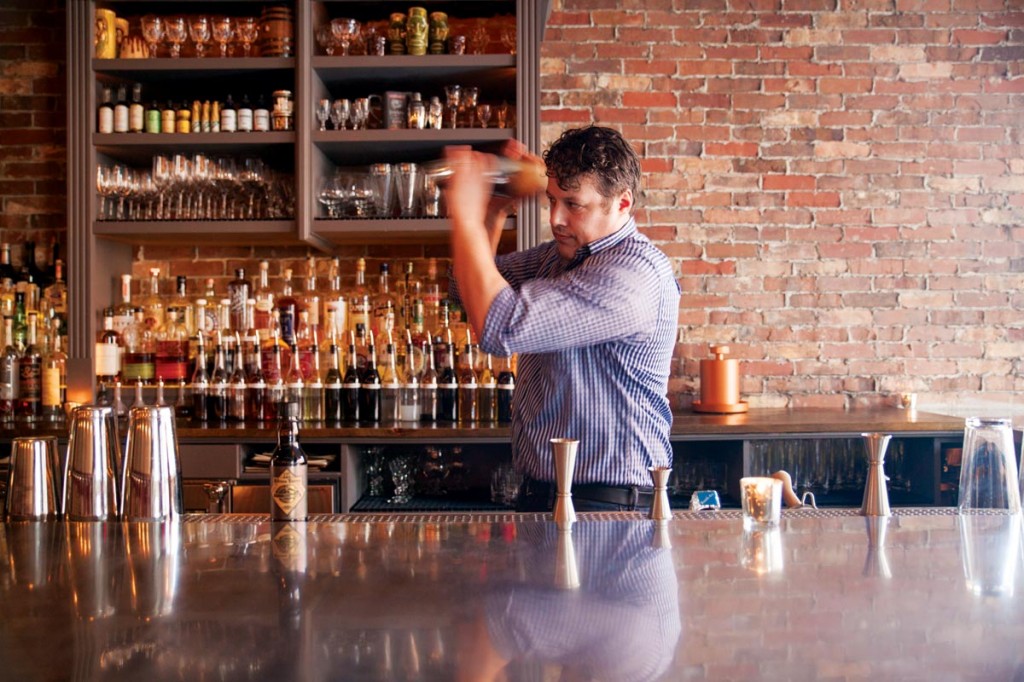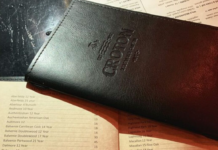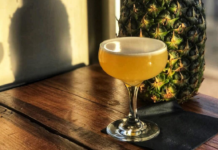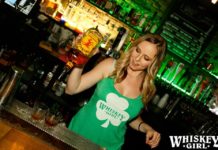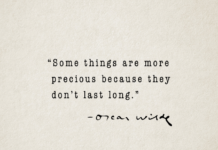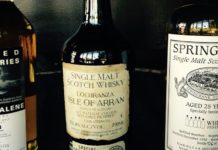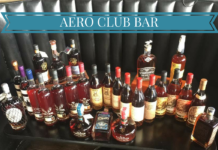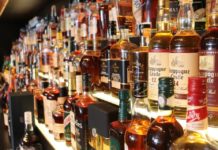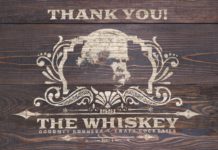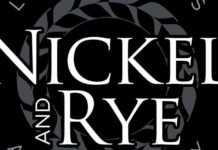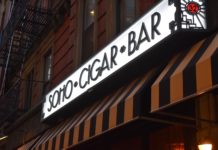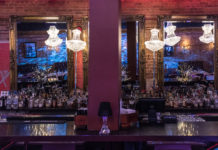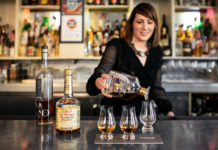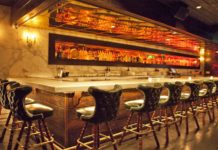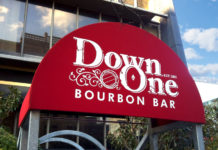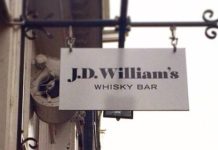Classic American Bar featuring traditionally prepared cocktails, craft beer, and wines from small producers with outstanding Americanized bistro fare. We spoke to the Co-Owner Sean P. Maher, about whisky, and what its like running a whisky bar in Massachusetts.
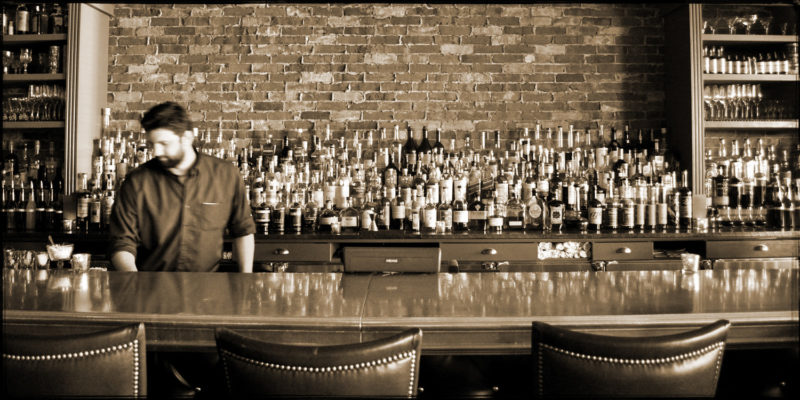 Sean, tell us about yourself. What were you doing with your life before becoming involved with Barrel House American Bar and what was the vision behind the project? Also how many different types of whisky do you have available at your venue?
Sean, tell us about yourself. What were you doing with your life before becoming involved with Barrel House American Bar and what was the vision behind the project? Also how many different types of whisky do you have available at your venue?
SM: Before Barrel House, I had been a bartender in and around Boston. I got to know my business partners while working at a now closed restaurant called Tryst, in Beverly. After leaving there, I went to work at Eastern Standard, a well-regarded cocktail bar in Boston. After leaving there, we opened Barrel House, with me as a part owner.
Our vision was to bring the type of food and drink that people normally had to drive into the city to enjoy into the suburbs. The last few years have seen an uptick in proper bars and restaurants opening in the suburbs, but at the time we were one of the first to do so. We constructed a beautiful 20 seat pewter bar in a 1920’s era building. We made the interior cozy and warmly lit, with lots of wood, brick and an authentic tin ceiling, and no televisions.
The cocktail program was built around brown spirits, whiskey in particular, with about 40 classics and house creations, with a proper whiskey list. Currently, we focus on Bourbon and rye, with a good representation of Scotch and Irish.
In addition to our ever-changing roster of whiskey, we slowly built up a cellar of reserve whiskies, focusing on rare, allocated and special releases. Currently, we have about 100 whiskies on our normal list, and another 60 on the reserve list. We shy away from 80 proof spirits, preferring the more robust flavor that comes with higher proofs. We also, for the most part, don’t carry many of the usual spirits many drinkers are familiar with (Jack Daniels, Jim Beam, Canadian Club, Seagram’s, et.al), preferring to introduce drinkers to new items.
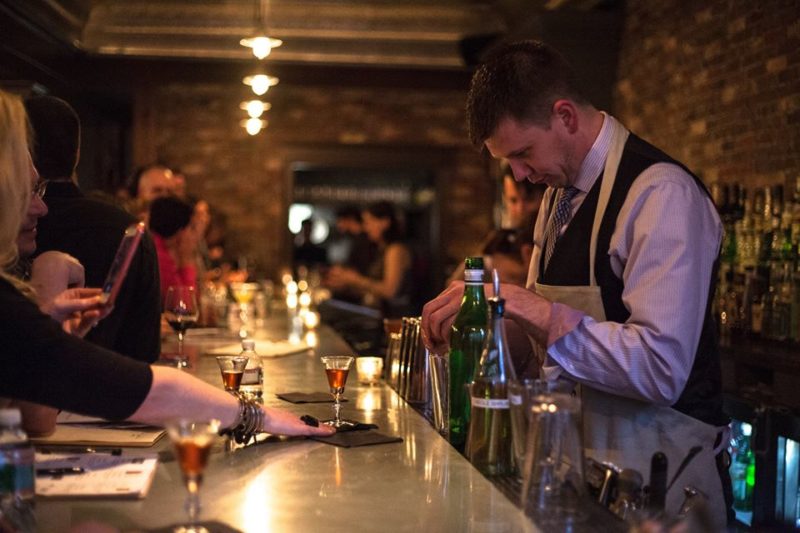 Tell us Sean, how do you stay current with all the latest whiskies? With all the independent bottlers?
Tell us Sean, how do you stay current with all the latest whiskies? With all the independent bottlers?
SM: We try and stay current, always seeking out new whiskies to try. In Massachusetts, we have a smaller selection of spirits than other states, and also have a more limited supply of allocated spirits. We were outliers in being vocal about the allocation system, which unfairly favors the city bars and big companies, at the expense of smaller and suburban bars. As a result many items which are much more plentiful are much harder to obtain than bars are used to in other parts of the country.
We’re always on the search for new items to try, which is in part driven by the new industry practice of dropping age statements. In some cases, we find a precipitous drop in quality (Fighting Cock, James E. Pepper Bourbon, et. al.) and so are constantly looking for replacements. We find it really important to have a good selection of mid priced Bourbons for our guests, many of whom come to us for new whiskies to enjoy at home.
When choosing a whiskey for a guest, we usually try and offer them something they haven’t had before. In many cases, because of our reputation, guests come to us for their first whiskey drink. It’s really flattering to be part of someone’s first sip of whiskey, and we usually try and ascertain the kind of spirits they usually enjoy, and pick a whiskey that falls within their comfort zone.
Fore more season whiskey drinkers, we often focus on some of our favorite sourced whiskies from newer companies (Old Scout, sadly discontinued, Widow Jane) and some older brands who perhaps fell under their radar (Old Forester, Old Bardstown, Evan Williams Bonded). Using whiskies in cocktails if one of the things we specialize in, and selecting them has a lot to do with balance.
With proper drinks like an old-fashioned, the choice of spirit has a lot to do with if they opt to have fruit or not. With fruit, we usually go for something with a higher proof, without, one that will complement the bitters we’re using. In other cocktails or Manhattans, the same logic applies, but with an eye to mitigating the sugar. Higher proof or dryer whiskies when mixing with richer or ingredients with more sugar, less aggressive whiskies for more mellow ingredients.
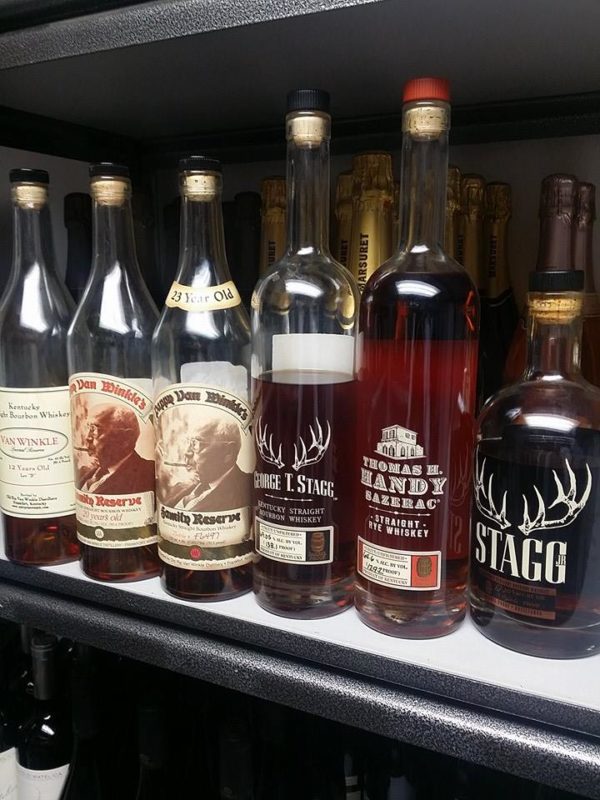 What kind of crowd does your venue attract ? The whiskey appreciator, the noobie, maybe the “whiskey know-it-all”? What are you most excited about in the whisky scene?
What kind of crowd does your venue attract ? The whiskey appreciator, the noobie, maybe the “whiskey know-it-all”? What are you most excited about in the whisky scene?
SM: Our clientele is a mix of fine diners, college kids, whiskey aficionados, and bartenders who come to check out our scene. We get a lot of people who bring friends who enjoy whiskies. We do get a few “know it all” types, but more often than not, we carry things they are not familiar with, so we mostly escape having guests who lecture us. Our staff is very well-versed on the whiskies, so most whiskey drinkers simply come to see what new finds we have to offer.
One of the things I’m most excited about is the increase in the availability of more and more whiskey. This is tempered by the loss of brands and expressions we loved (Old Fitzgerald, Ezra Brooks 12, Old Scout 7 year rye and Bourbon, Old Scout 10) and the loss of age statements that has, or will likely, reduce the quality of well-regarded spirits (Elijah Craig 12, Knob Creek 9). I’m hopeful that the increase in production we’ve seen in the last few years will result in the return of many of these brands and expressions.
While Scotch and Irish sell more in the winter, Bourbon and rye have proven to be year-round sellers. Our bar is certainly an outlier in what we sell compared to other nearby establishments. For example, we sell about 60 cases a year of our well Bourbnon (Evan Williams Bonded) vs. only 12 cases of our well vodka. Bourbon is definitely the top seller, though it is easier to drink your way through the ryes first because they are outnumbered. Top sellers include Michter’s, Four Roses, Eagle Rare, Whistle Pig, Old Forester, Widow Jane, though it is pretty spread out. The scene in MA is small, but well developed.
The rise and return of proper cocktail bars like ours has increased the number of bartenders who are incredibly educated regarding the spirits they serve. In turn, this has created an amazingly informed clientele. Your average guest at our bar makes many of these drinks at home, and we often get into detailed discussions about spirits, pairings and technique. In MA, in particular, the industry emphasis on hospitality and continuing staff training has fostered this climate more than I’ve seen in other parts of the country.
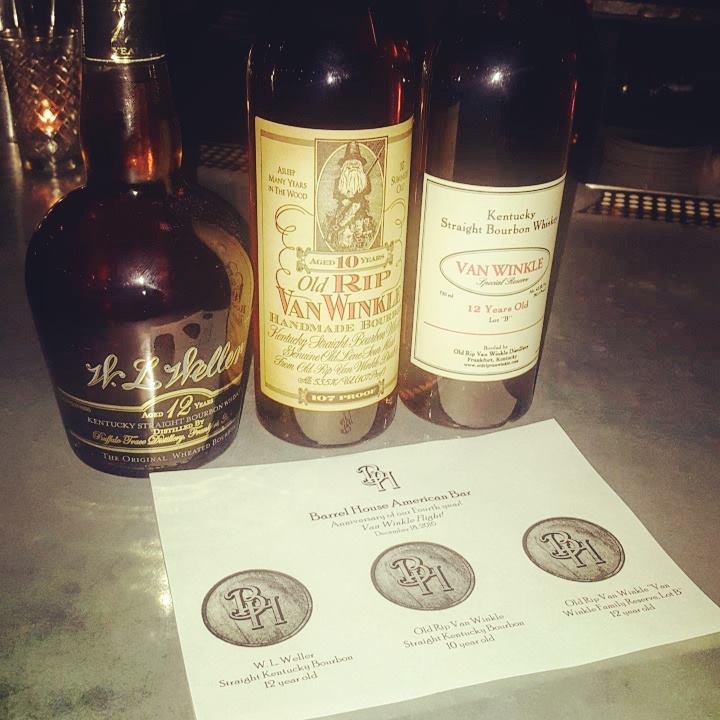 What was your proudest moment of working at Barrel House?
What was your proudest moment of working at Barrel House?
SM: One of our proudest moments has been the recognition we’ve received for what we do. It’s a great feeling to come in day after day to do something we’re passionate about and have people recognize that and respond the way they have. The support for the restaurant community has been wonderful too. Finding our name in articles like the one below is both humbling and makes us want to try harder.
https://www.zagat.com/b/10-hottest-bourbon-bars-across-the-u.s
For more information on this venue, please visit the links below:
website: http://www.barrelhousebeverly.com/
facebook: BarrelHouseFacebook





